Water plants depend on potassium as an essential nutrient which regulates their growth process provides proper coloring and guarantees their excellent health state. The lack of potassium contribution to algae growth makes it a suitable element for managing the balance and lushness levels in planted tank environments. The successful management of potassium remains critical since insufficient amounts will generate deficiency impacts, but excessive potassium leads to unbalanced systems in aquariums.
Content Table
This guide focuses on potassium’s significance for aquarium plants by demonstrating – how to control potassium, how to identify a shortage and supply potassium for aquarium plants, and describes high potassium consequences along with optimum administration methods.
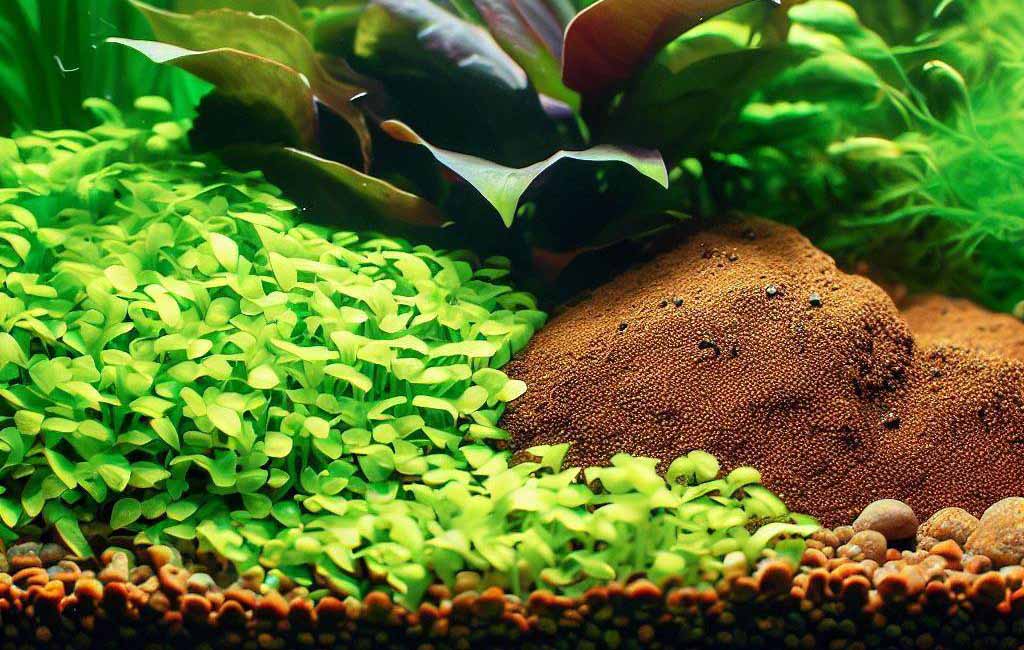
potassium for aquarium plants
Potassium Trace Elements Great for Aquarium Plants
The macronutrient potassium functions as a vital element for the healthy growth of aquarium plants, and it maintains their well-being. Plants use potassium to execute photosynthesis, together with enzyme reactions and osmoregulation. Planted tanks depend on potassium as a fundamental nutrient because this substance never causes algae proliferation, even though nitrogen and phosphorus do. The nutrient provides enhanced support for plant cell walls along with better root development while protecting the leaves from damage. Aquarists need to provide supplementary potassium into their systems because the element does not naturally occur at high levels in regular tap water for maintaining healthy aquatic plants.
Symptoms of Potassium Deficiency in Aquariums
Plants show major health deterioration due to potassium deficiency, which results in severe recognizable problems. Some common signs of potassium deficiency in aquarium plants include.
- Yellowing of Leaf Edges: Potassium deficiency leads to yellow and brown border development which turns into leaf translucence in mature plant leaves.
- Pinholes in Leaves: Trụcritic holes form on mature leaves which continue to grow in size.
- Slow Growth: The presence of potassium deficiency makes plants stop growing while preventing them from creating new leaf growth.
- Weak Stems: The plant structures lose their strength until they become prone to snapping at the slightest touch.
- Increased Algae Growth: Plants in poor health promote algae growth through excess water nutrients because their condition has allowed them to thrive.
- Leaf Curling or Distortion: Some plants develop deformed and curled leaves because of insufficient potassium intake during their development.
- Color Fading: A lack of plant leaf color brightness leads to faded appearances which dulls their appearance.
- Difficulty in Nutrient Uptake: Potassium deficiency can impair a plant’s ability to absorb other essential nutrients like nitrogen and phosphorus, leading to further deficiencies.
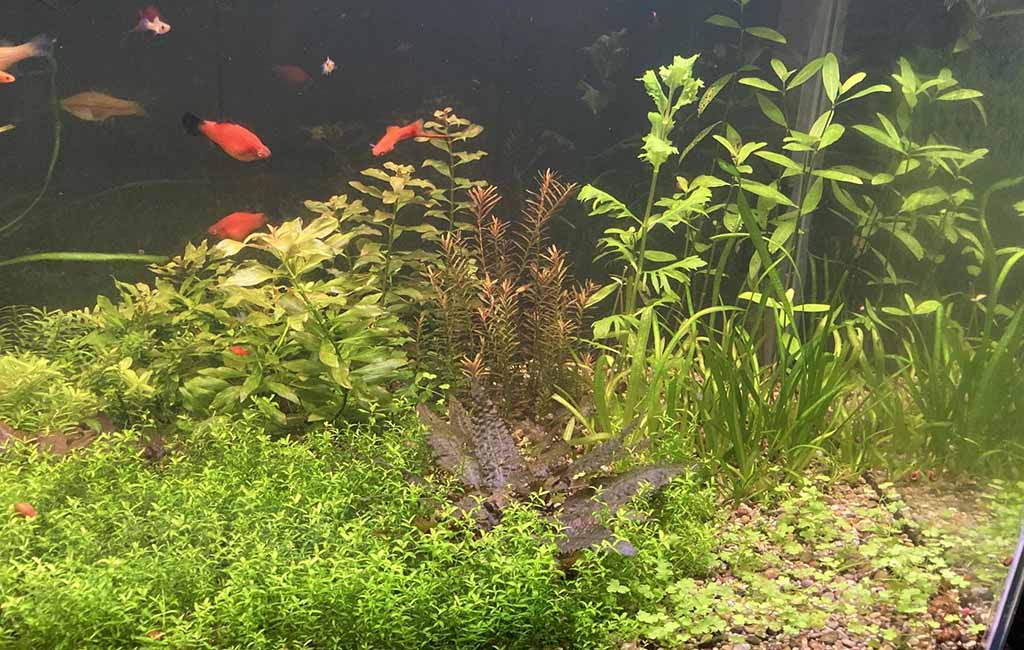
Potassium deficiency aquarium plants
Add Potassium to Aquarium Plants
Arriving at potassium supplements for aquariums helps reverse the symptoms of plant deficiency. The following are the effective methods that exist to enhance your tank’s potassium levels.
- Potassium Fertilizers
Liquid fertilizers that contain potassium prove to be a direct and effective solution for supplementing potassium in aquatic systems. These potassium supplements remain accessible on the market and follow simple injection procedures.
- Potassium Sulfate (K2SO4) Powder
The application of potassium sulfate provides an affordable solution to increase potassium content in the water. Users can dissolve potassium in water solution for adding measured amounts to achieve balance. The majority of aquarists choose this technique because it enables them to measure precise doses which reduces the addition of additional compounds.
- Aquarium-Safe Potassium Tablets
Potassium tablets that come pre-measured should be placed in the substrate or water column so that potassium substances are released at a steady pace. The use of potassium tablets provides a practical solution that delivers potassium to the tank while minimizing the danger of accidental consumption which happens with liquid fertilizers.
- DIY Solutions (Banana Peels and Leaf Litter)
You can use dried and processed banana peel segments together with decomposed leaf materials to introduce potassium into the aquarium water but you need to monitor their performance to stop excessive organic buildup. Some aquarium keepers make leaf litter with potassium content by soaking and fermenting Terminalia Catappa leaves before placing them in the aquarium tank.
- Root Tabs for Heavy Root Feeders
Certain root-feeding plants like Amazon swords and Cryptocorynes benefit from potassium-rich root tabs. The potassium-bearing tablets seep their nutrient content gradually through the substrate to enable better root absorption by aquatic plants.
- Regular Water Changes
Frequent changes in potassium-rich water solution serve to stabilize the potassium levels in aquariums that contain fast-growing plants. The mineral composition of certain tap water makes it possible to enhance plant nutrition with potassium content.
- Monitoring and Testing
A proper potassium supplement requires regular testing with kits so you can detect overdosing before creating potassium imbalances. The optimal potassium range from 10 to 30 ppm can be monitored through regular tests, which allows plants to thrive without jeopardizing fish or invertebrates.
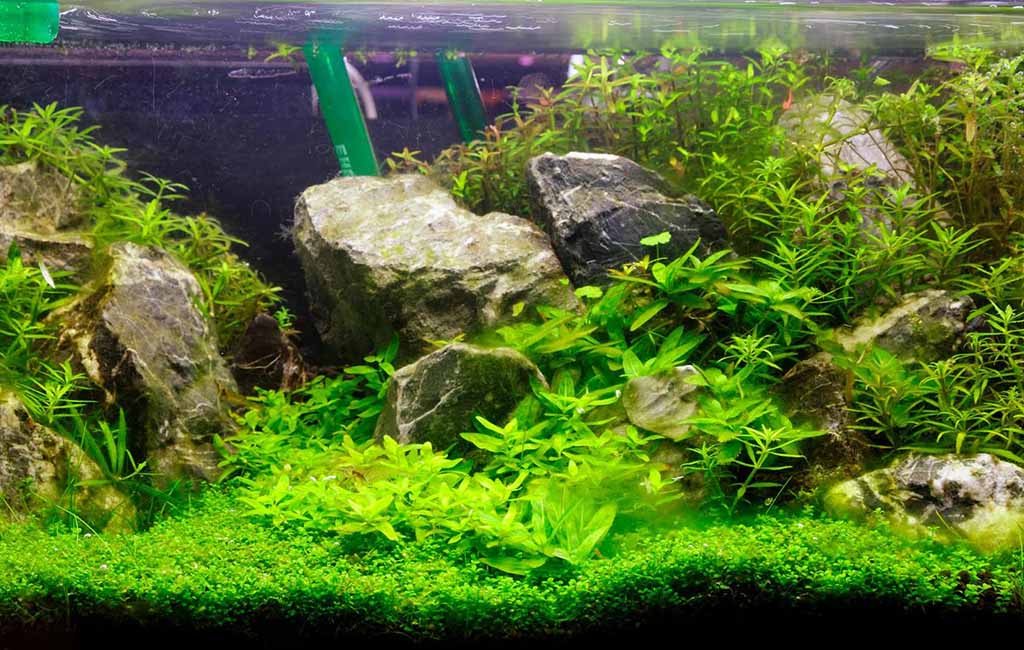
how to control potassium
What Happens If There Is High Potassium in Aquariums
Excess potassium in an aquarium can cause unintended issues. Although it is not as toxic as other nutrients like ammonia or nitrites, elevated potassium levels can disrupt nutrient absorption and water chemistry. Some effects include:
- Calcium and Magnesium Deficiency: High potassium can block calcium and magnesium uptake, leading to deficiencies in essential minerals.
- Algae Blooms: Excess nutrients in the water can contribute to algae overgrowth.
- Unbalanced Plant Growth: Overdosing in potassium may cause excessive growth in some plants while stunting others.
- Stress on Fish and Invertebrates: While potassium itself is not harmful to fish, excessive amounts can alter osmotic balance, causing stress on fish.
Maintaining a potassium range of 10-30 ppm ensures plant health without negatively affecting other tank inhabitants.
Does Potassium in Planted Aquariums
Dosing potassium correctly is crucial for maintaining a healthy planted aquarium. The recommended approach includes:
Using a Dosing Pump for Precision
Automating potassium dosing with a device like the hygger Dosing Pump can simplify nutrient management. This pump allows for precise, scheduled dosing to maintain stable potassium levels. The dosing pump is a modern aquarium device designed to automatically and accurately dispense nutrient solutions based on demand. Each pump can be programmed individually, allowing for liquid volume adjustments between 1 and, 9999 mL per day, making it suitable for precise dosing requirements in aquariums.
Steps for Proper Dosing
- Test Potassium Levels: A reliable test kit determines the current potassium concentration.
- Calculate Dosage: Based on plant needs and water volume, add the appropriate amount of potassium supplement.
- Set Dosing Schedule: Use the dosing pump to administer small, consistent doses daily or weekly.
- Monitor Plant Health: Observe plant growth, leaf condition, and algae presence to adjust dosing as needed.
- Perform Regular Water Changes: This helps reset nutrient levels and prevents accumulation.
A balanced dosing regimen ensures that plants receive sufficient potassium without causing nutrient imbalances.
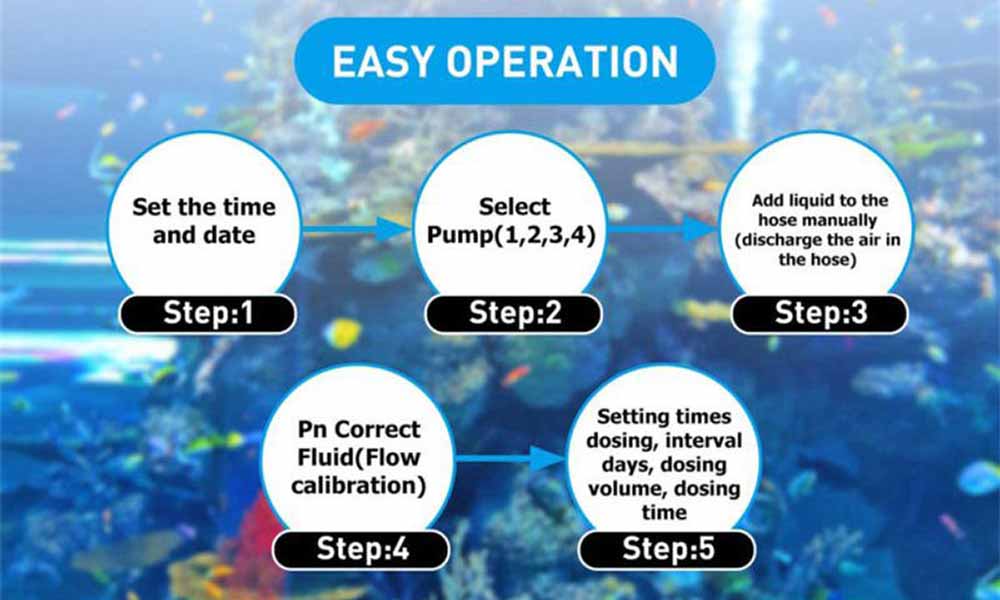
Dose potassium in planted aquariums
Parting Thoughts
The growth and well-being of planted aquariums heavily depend on correct potassium maintenance. Plant leaf deterioration together with slow development is a result of potassium deficiency yet high potassium levels can disrupt nutrient proportion. The combination of regular potassium tests with fertilizers dosing pumps and natural supplementation will lead to peak plant health in an aquarium system. The hygger Dosing Pump establishes precise automated control for nutrient management which provides easy operation. Aquarists who follow best practices establish thriving water ecosystems that allow plants and aquatic creatures to thrive together.

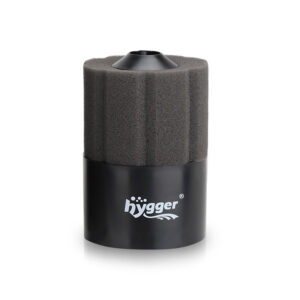
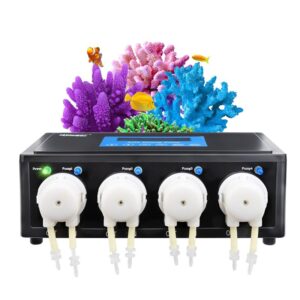
Leave a comment